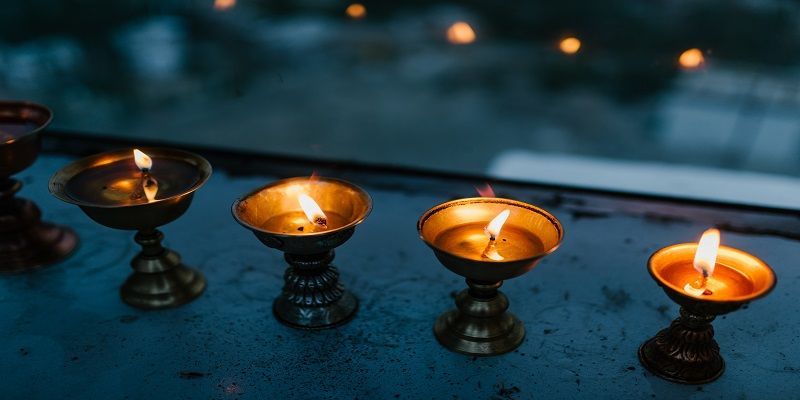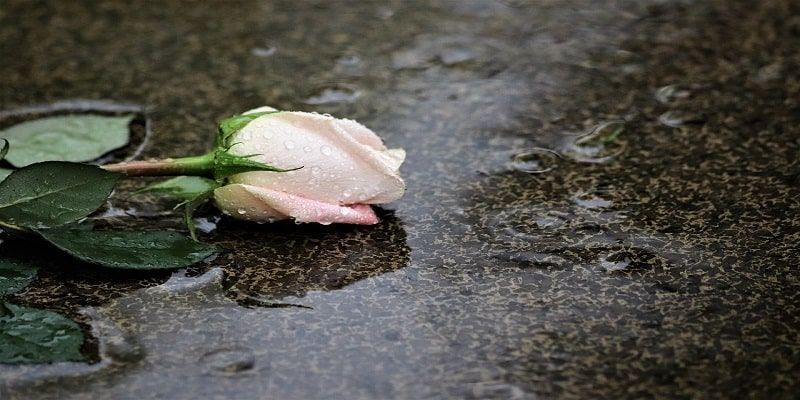Understanding the Environmental Impact of Traditional vs. Green Cremation
Explore the environmental differences between traditional and green cremation and how these options influence sustainability and funeral practices.

As families increasingly seek meaningful yet responsible ways to honor their loved ones, it is important to understand the environmental considerations of various funeral options. With the rising popularity of cremation services in Landenberg, PA, the conversation now includes a deeper look at sustainability—particularly the comparison between traditional cremation and green alternatives.
The Growing Demand for Eco-Conscious Cremation
Over the past decade, cremation has become the preferred choice for many families, driven by both cultural shifts and financial considerations. However, the ecological footprint of traditional cremation has raised concerns among environmentally conscious individuals. This has led to the emergence of green cremation as a viable, eco-friendly alternative that aligns with modern sustainability values.
Environmental Costs of Traditional Cremation
Traditional cremation relies on high-heat processes and specialized facilities. This method consumes a substantial amount of fossil fuels and emits significant levels of carbon dioxide and other pollutants into the atmosphere. The process requires specialized chambers that must be maintained at high temperatures, often using non-renewable energy sources. Furthermore, traditional cremation may release trace elements from dental fillings, surgical implants, or other inorganic materials, compounding its ecological impact.
From a broader industry perspective, funeral homes have been financially impacted by the shift toward cremation. As documented in industry reports, cremations typically generate less revenue per service than burials, placing additional pressure on funeral homes to innovate and diversify their offerings.
Green Cremation: A Sustainable Alternative
Also known as alkaline hydrolysis or "aquamation," green cremation is designed to significantly reduce environmental harm. Instead of extreme heat, this process utilizes a water-based solution and moderate temperatures to break down organic material. The result is a method that uses up to 90% less energy than traditional cremation and emits far fewer pollutants.
Green cremation has gained attention for its minimal carbon footprint and the absence of harmful emissions. It also presents an opportunity for funeral service providers to align with evolving consumer preferences. As more families consider the long-term impact of their decisions, green cremation appeals to those prioritizing sustainability and ethical responsibility.
Regulatory and Accessibility Challenges
Despite its advantages, green cremation is not yet universally available. State-by-state regulations determine its legality and accessibility. In Pennsylvania, while awareness is growing, green cremation is still undergoing legislative review and public education to become a mainstream option.
This presents a unique opportunity for funeral homes to advocate for sustainable solutions and to educate their communities about the benefits of alternative methods. Businesses that position themselves as environmentally responsible not only attract eco-conscious consumers but also distinguish themselves in a competitive marketplace.
Aligning Funeral Practices with Consumer Values
The funeral industry is evolving alongside broader societal values. Today’s consumers are more informed and place a higher value on ethics and environmental responsibility. The shift is not just about the method of cremation, but about the message it sends—how we honor loved ones while also protecting the planet for future generations.
Offering green cremation can be a powerful differentiator. It allows funeral homes to provide a meaningful service that resonates with the values of younger generations, while also contributing to global sustainability goals. This is especially relevant as businesses strive to diversify revenue streams and compete against direct cremation services and corporate chains.
Future Outlook for Cremation Practices
As cremation becomes even more prevalent, environmental concerns will play a growing role in shaping funeral choices. Consumers are expected to increasingly demand options that align with green living philosophies. Funeral homes that proactively adapt to these trends will not only survive the industry’s transformation but will thrive by meeting the evolving needs of their communities.
To learn more about environmentally conscious cremation options and to explore personalized support for cremation services in Landenberg, PA, contact Grieco Funeral Home & Crematory, Inc. today. Their compassionate team is here to guide you through every step with dignity and care.











